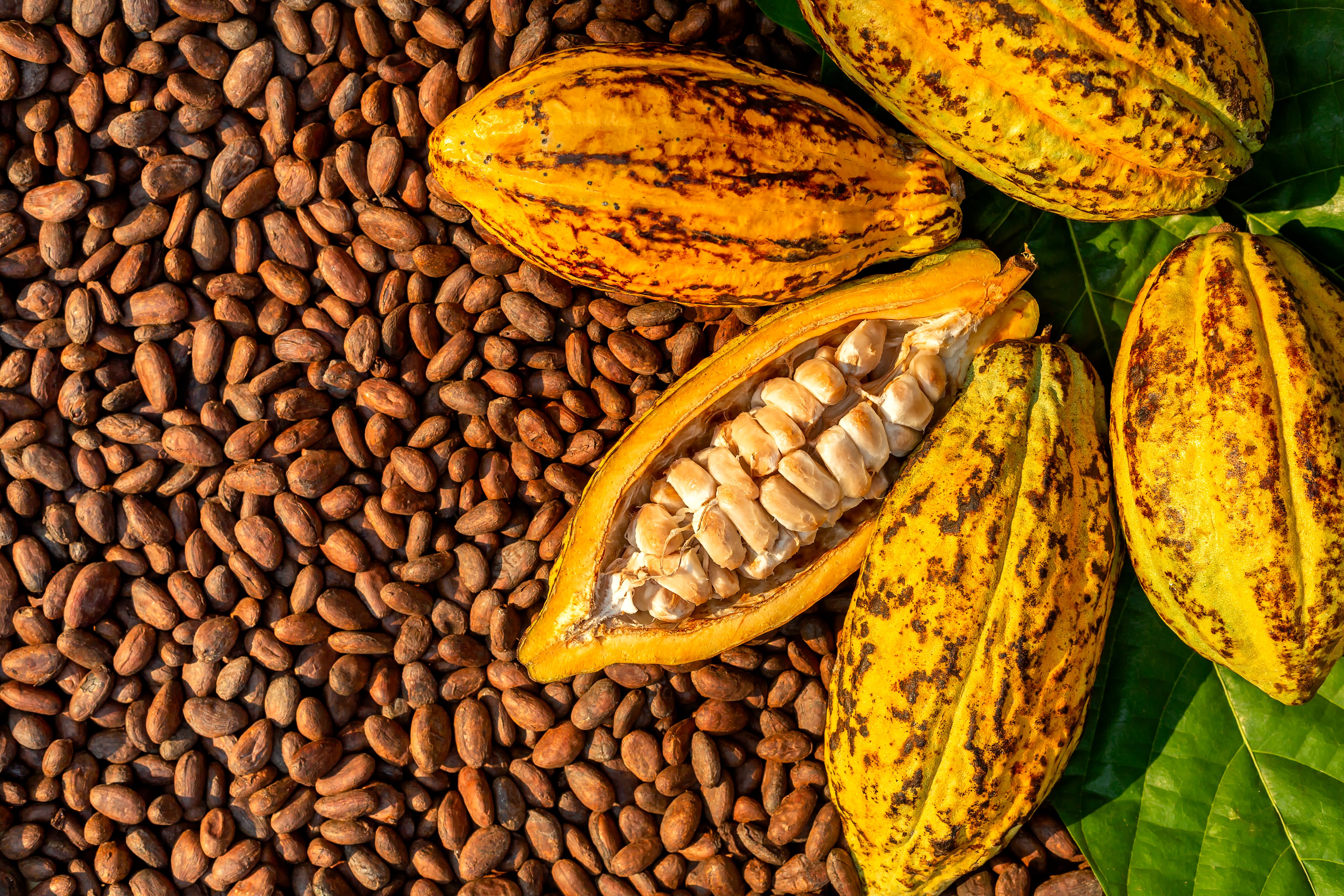Arte Cocoa Butter Colouring: The Professional's Secret to Excellent Colour Mastery
Colour is not just an accent, it's a powerful medium that can transform a simple dessert into a captivating work of art.
3 min read
May 7, 2024 2:11:41 PM

Chocolate, a beloved treat enjoyed by millions worldwide, is facing a bitter truth: the steady rise in cocoa bean prices due to disease outbreaks and lower yields is reshaping the landscape of chocolate production. As consumers and foodservice professionals, it's essential to understand the ripple effects of these challenges on chocolate. In this blog post, we delve into the intricacies of cocoa bean production, the factors contributing to price hikes, and the implications for chocolate lovers everywhere.
Reduced Supply of Cocoa
As highlighted by the latest quarterly bulletin from the ICCO (International Cocoa Organisation), the cocoa industry is currently facing unprecedented deficits, with a global shortage of 374,000 tonnes projected due to a significant decline in supply. Experts even predict a shortfall of up to 500,000 tonnes this year, marking the largest cocoa supply deficit in history.
This decline is attributed to multiple factors, including adverse weather conditions and aging cocoa farmers, particularly affecting West Africa, the primary source of cocoa beans for chocolate production. Ivory Coast, the world's largest cocoa producer, has experienced a substantial 32% decrease in cocoa shipments compared to the previous year, while Ghana forecasts another poor crop season due to climate change and disease outbreaks.
Cocoa beans, sourced predominantly from regions near the equator, such as West Africa, are essential for chocolate production. However, this vital commodity faces significant threats from fungal diseases like black pod disease and swollen-shoot virus, leading to decreased yields and rising production costs.
Approximately 70% of the world's cocoa comes from regions vulnerable to these challenges, emphasizing the importance of sustainable practices and innovative solutions in preserving the future of chocolate.
The Impact on Price of Cocoa Beans
To provide you with some perception of the price increase, lets jump back in time to about March 2023 where the price hovered around $2620 per tonne, reflecting the then-existing supply-demand dynamics and production conditions. However, fast forward to the present day, and we're witnessing a seismic shift in the market landscape, with cocoa bean prices skyrocketing to an eye-watering $11,771 per ton as of 23/04/2024 (Source: markets.businessinsider.com 2024). With a price increase of over fourfold, the raw material costs for chocolate manufacturers will skyrocket, ultimately impacting the end customers.
How Will the Chocolate Industry React?
Nonetheless, there is a concern that major chocolate manufacturers may employ cost-cutting measures to keep prices low, ultimately distorting the market. This includes practices like "shrinkflation" (reducing pack sizes while maintaining prices), reducing cocoa content and increasing the use of unhealthy additives like sugar, or relying more heavily on more affordable cocoa butter equivalents (CBEs).
Supply and Demand Dynamics:
As disease outbreaks wreak havoc on cocoa plantations, the global supply of cocoa beans dwindles. With demand for chocolate remaining robust, especially in emerging markets like China and India, the imbalance between supply and demand exerts upward pressure on cocoa bean prices. Chocolate manufacturers, faced with higher input costs, must either absorb the increased expenses or pass them on to customers.
Consumer Consequences:
For chocolate enthusiasts, the repercussions of higher cocoa bean prices are very noticeable. Retail prices for chocolate products may inch upwards, reflecting the increased production costs borne by manufacturers. Additionally, there's a possibility of changes in product quality or size as companies adjust to cost pressures. At Embassy Chocolate, we do not compromise on the quality that our customers have come to expect and have made a conscious decision to keep up our quality standards.
Looking Ahead:
Predicting the outlook for cocoa bean prices in 2025 is extremely challenging due to various factors that influence the market.
Given the unprecedented circumstances in the cocoa industry, every player in the chocolate industry is navigating uncharted territory regarding the trajectory of cocoa prices.
Embassy Chocolate is keeping its finger on the pulse on the market situation and we will update the community regularly on the latest news. Rest assured, at Embassy chocolate we will continue to uphold the quality and standards that our customers have come to expect and we will definitely not use any kind of CBE or other cost cutting measures that impact the final product.
At Embassy Chocolate we will do our best to keep our prices competitive by controlling our costs tightly. However, as a small and efficient business, the substantial rise in prices—often more than 3 or 4 times what they used to be— Unfortunately, we cannot absorb all these cost increases while maintaining our business sustainability. However, we remain hopeful and committed to finding solutions that will allow us to continue operating successfully.

Colour is not just an accent, it's a powerful medium that can transform a simple dessert into a captivating work of art.

Chocolate, a beloved treat enjoyed by millions worldwide, is facing a bitter truth: the steady rise in cocoa bean prices due to disease outbreaks and...

Set the Lunar New Year ablaze with our Firecracker Chocolate Roll Cake! Experience layers of rich chocolate with a hint of fiery excitement,...